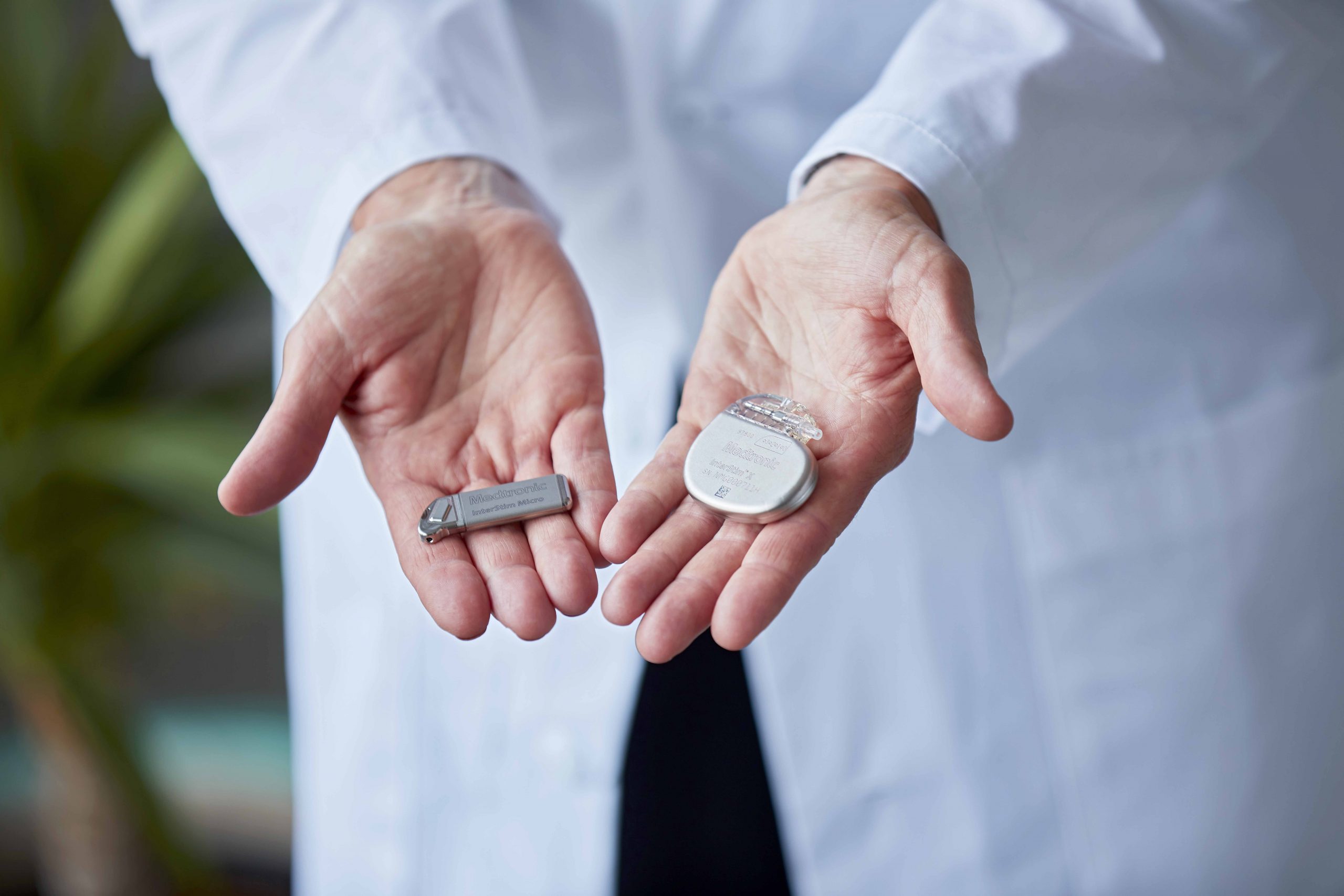1 in 6
or 43 million adults have OAB
4.5 out of 10
do not seek help
at Women’s Healthcare of Illinois
Bladder control problems affect tens of millions of people every day. If you’re one of them, you should speak up.
1 in 6
or 43 million adults have OAB
4.5 out of 10
do not seek help

Overactive bladder (OAB) is a treatable condition. It’s not a normal part of aging. And you shouldn’t have to deal with it on your own.
If you’re experiencing the symptoms of common bladder control problems, it’s time to see a bladder incontinence specialist who may ask you to fill out a symptom tracker to get a better idea of your daily experience and help confirm your diagnosis.
There are many ways to manage bladder control problems. Remember, if conservative treatments don’t deliver the results you need, you have more options.
Conservative treatments can help some people but may not work very well (or at all) for others. All of these are relatively simple behavioral changes that you may already be doing.


When lifestyle changes fail to deliver the results you want, oral medications are the next step. These medications can help control symptoms but may cause other issues.
You have to remember to take these medications every day. Some side effects can be unpleasant, such as dry mouth, blurry vision, constipation, and hypertension.2 Other side effects are more serious. In fact, data suggests that one class of drugs for OAB (anticholinergics) may increase risk of dementia in elderly people.3 Even more important, these medications don’t always work. In one survey, 72% of people said they stopped taking their medication after just six months.4
If conservative treatments don’t deliver the results you want, you have more options.
Medtronic Bladder Control Therapy Delivered by the InterStimTM System
Implanting an InterStim™ system has risks similar to any surgical procedure, including swelling, bruising, bleeding, and infection. Talk with your doctor about ways to minimize these risks. Complications can occur with the evaluation, including movement of the wire, technical problems with the device, and some temporary pain. Your doctor or nurse will provide you with the information regarding how to operate the test device and inform you of other precautions related to the evaluation and activity restrictions.

Sources
*Medtronic Bladder Control Therapies do not treat obstructive urinary retention.
1. American Urological Association. Diagnosis and treatment of non-neurogenic overactive bladder (OAB) in adults: an AUA/SUFU guideline. www.auanet.org/guidelines/overactive-bladder-(oab)-guideline. Accessed August 5, 2020.
2. Haab F, Castro‐Diaz D. (2005), Persistence with antimuscarinic therapy in patients with overactive bladder. Int J Clin Prac, 59: 931-937.
3. Gray S, Anderson M, Dublin S et al. Cumulative use of strong anticholinergics and incident dementia. JAMA Intern Med. 2015;175(3):401-407.
4. Yeaw J, Benner J, Walt JG et al. Comparing adherence and persistence across 6 chronic medication classes. J Manag Care Pharm. 2009:15(9): 724-736.
5. Siegel S, Noblett K, Mangel J, et al. Five year follow-up results of a prospective, multicenter study in overactive bladder subjects treated with sacral neuromodulation. 2018; 199(1), 229-236.
.